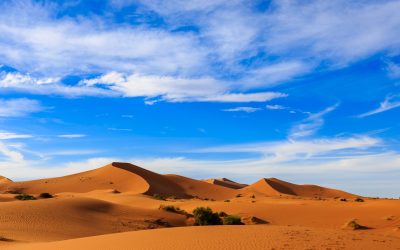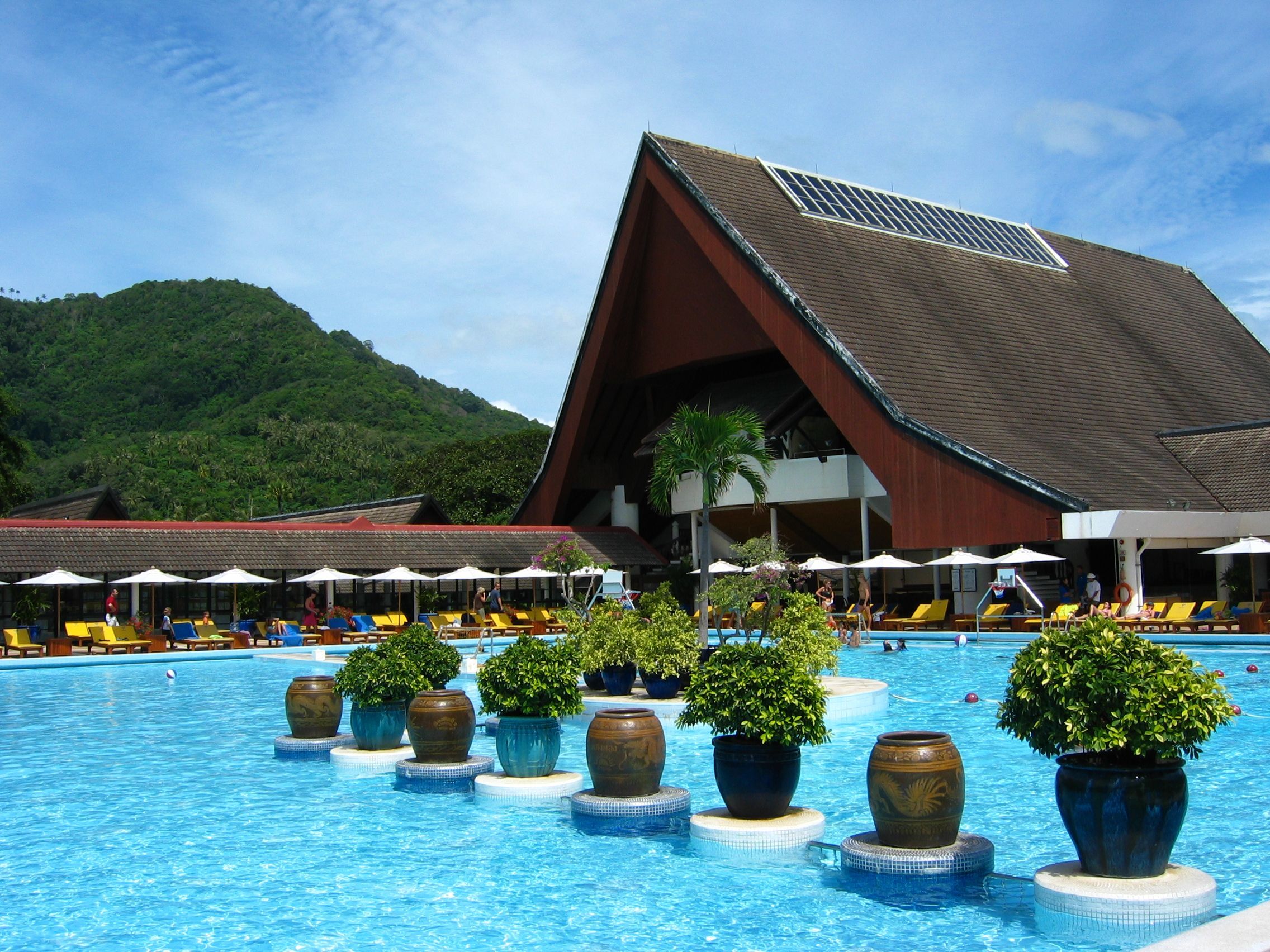Beyond only a physical challenge, Kilimanjaro trekking is an opportunity to see one of the most famous mountains on Earth. Rising as the tallest freestanding peak in Tanzania, Mount Kilimanjaro attracts adventurers from all worldwide. Trekking this magnificent mountain is a trip across many environments, each with its own special beauty and hardships. For those looking for an amazing journey, appropriate planning and knowledge of the nature of the walk are crucial.
A journey through Kilimanjaro’s distinct trekking trails
There are various paths to the summit of Kilimanjaro treks, each with different difficulty, landscape, and length. For first-time climbers, the Marangu path—often referred to as the “Coca-Cola route”—is the most direct and comprises hut lodging. More difficult with steeper inclines and longer days, the Machame path—also known as the “Whiskey route”—offers breathtaking panoramic views. The Lemosho Path, a peaceful walk across the Shira Plateau and through rainforests, attracts attention due to its reduced traffic and scenic splendor. At the mountain’s last ascent, where the real test of altitude and stamina starts, all paths finally come together.
Building strength and endurance: the role of acclimatization and training
Proper acclimatization is crucial for a successful Kilimanjaro trip, as transitioning to thinner air reduces the risk of altitude sickness and increases the likelihood of reaching the summit. Trekkers who engage in physical preparation—that is, cardiovascular, strength, and flexibility training—are better able to manage long walks, high climbs, and varied terrain. Mental preparedness is equally crucial; techniques such as picturing the path and creating daily attainable goals help to keep focus and drive all through the difficult climb.
From rainforests to alpine deserts: Kilimanjaro’s diverse landscapes
One of the most remarkable aspects of Kilimanjaro trekking is the opportunity to witness the mountain’s diverse ecosystems. Trekkers beginning their journey may encounter a variety of wildlife, including monkeys and exotic birds, in lush rainforests. As the altitude increases, the landscape transitions to moorlands, characterized by giant heathers and other unique flora. Higher up, the terrain becomes more barren, with alpine deserts providing a stark contrast to the greenery below. Trekkers ascending the final hill across rocky terrain—often covered in snow—make their way to the iconic Uhuru Peak. Reaching the summit at sunrise is an unforgettable experience, with the sun’s golden hue casting over the vast African plains below.
Safe and rewarding Kilimanjaro treks with professional guidance
A leading adventure organization guarantees that every climber is completely ready to face Kilimanjaro by providing expert-guided climbs with thorough assistance and tailored preparation programs. Focusing on safety and success, they give everyone who wants to climb this fabled peak a whole new and fulfilling experience. For more information, contact Climb Kili.



